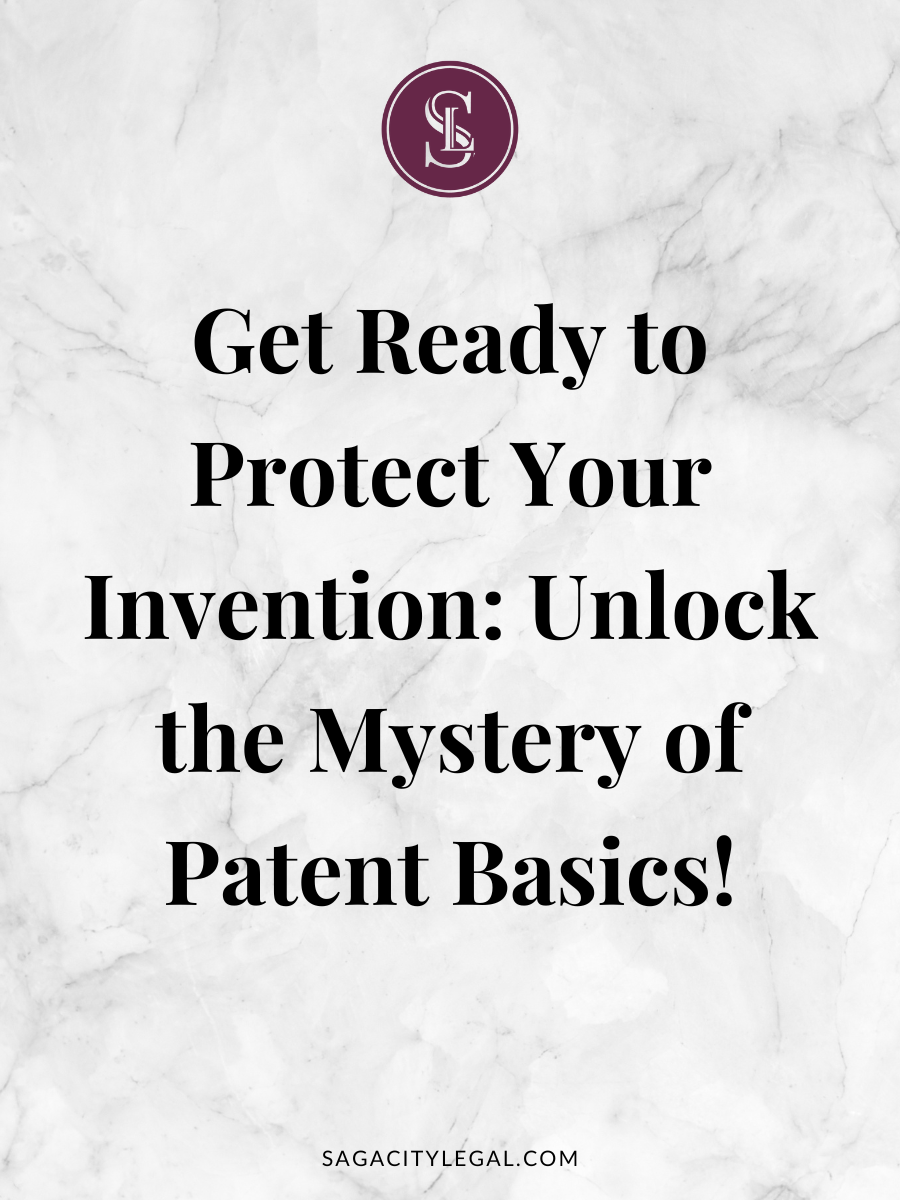You’ve spent countless hours tinkering with your invention in the hopes of bringing it to life. Now, as you inch closer to making it a reality, the thought of someone stealing your brilliant idea and profiting from it may be a source of worry. That’s where a patent comes in as a powerful tool to help protect your invention.
A patent grants the inventor exclusive rights to make, use, and sell the invention for a set period of time. This can be a daunting process, but with a bit of knowledge, you can easily navigate the maze of patent law and protect your invention.
Let’s dig deeper into what a patent is, what it covers, the different types, and how to obtain one.
After reading this blog, hop over to my YouTube Channel and watch this free training video to learn more.
What is a patent?
A patent is a legal document that grants exclusive rights to an inventor for their invention. It prohibits others from making, using, or selling the invention without the inventor’s permission. Patents can also be licensed or sold to generate revenue for the inventor.
What does a patent cover?
A patent applies to a specific invention, which can be a product, a process, or a device. It cannot cover an abstract idea, a law of nature, or a phenomenon that occurs naturally. In order to be patentable, an invention must be novel, non-obvious, and useful.
What are the different types?
There are three main types of patents: utility, design, and plant patents. Utility patents cover new and useful processes, machines, articles of manufacture, compositions of matter, and improvements thereof. Design patents protect the ornamental design of a functional item. Plant patents cover new and distinct varieties of asexually-reproduced plants.
How do you obtain a patent?
To obtain a patent, you must file an application with the United States Patent and Trademark Office (USPTO). The application should include a written description of the invention, drawings, and claims that define the scope of the invention. It’s important to do a relevant art search before filing to ensure that your invention is novel and non-obvious.
Once submitted, the application will be reviewed by an examiner, who will determine if the invention meets the standards for patentability. The process can take several years and often requires back-and-forth communication with the USPTO. However, once granted, a patent provides a powerful shield against copycats and competitors.
Conclusion:
Obtaining a patent can be a challenging process, but it’s worth it to protect your invention and ensure that you reap the benefits of your hard work. By understanding the basics of patent law, you’ll be able to navigate the process with confidence and emerge victorious. Remember, intellectual property is only one part of the puzzle – to truly succeed, you’ll need a solid business plan and an effective marketing strategy. With perseverance and dedication, you can turn your invention into a thriving enterprise. Good luck!
Ready to get started on your IP journey? Book a free consultation with me at https://sagacitylegal.com/contact or meetwithRandi.com.
#creations #creativebusiness #patent #invention #inventor101 #sharktank #randikarpinia


leave a comment on this post.